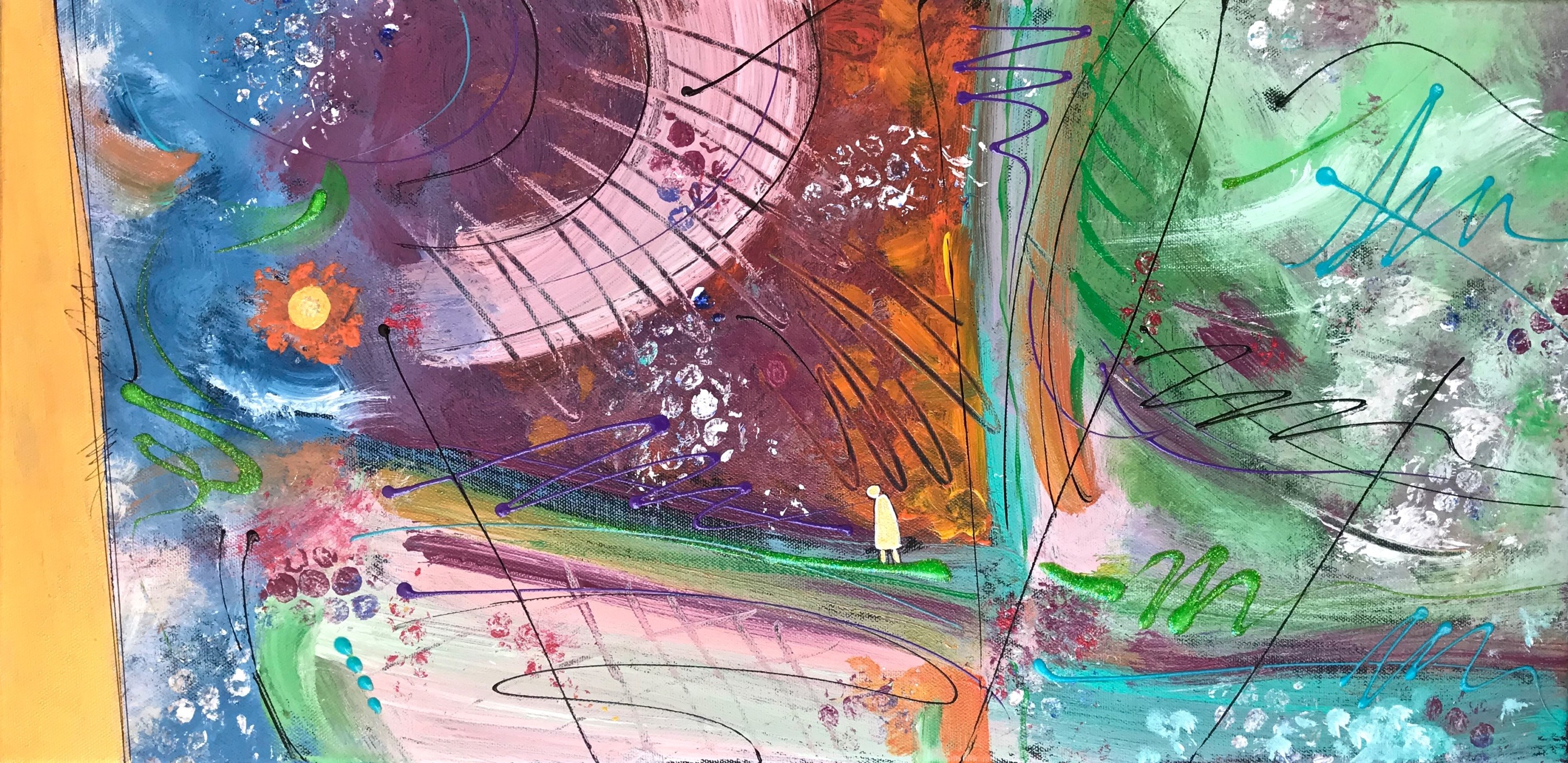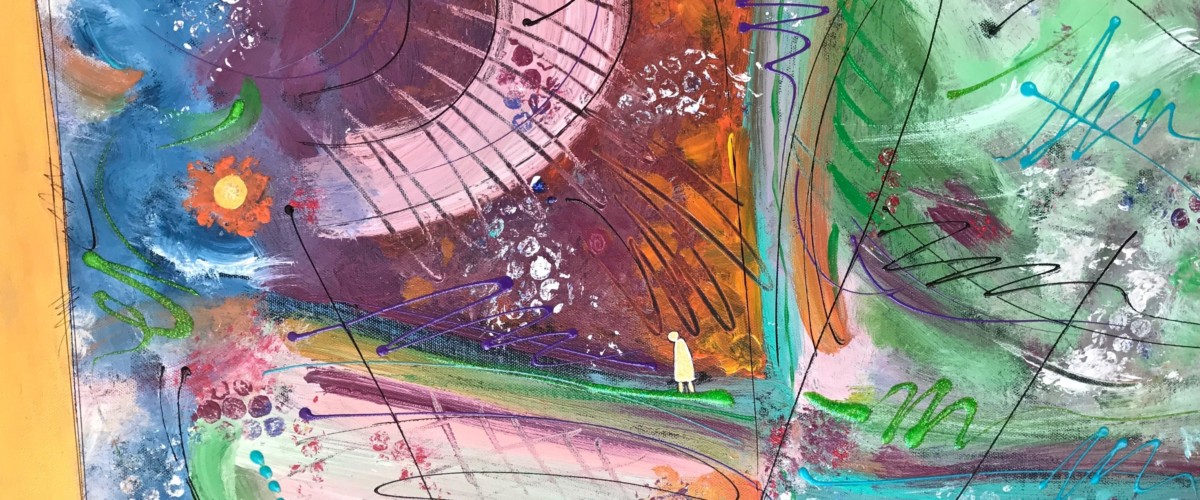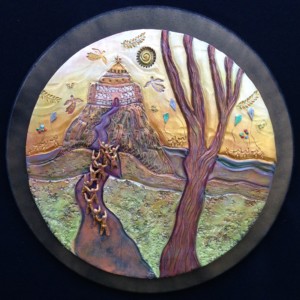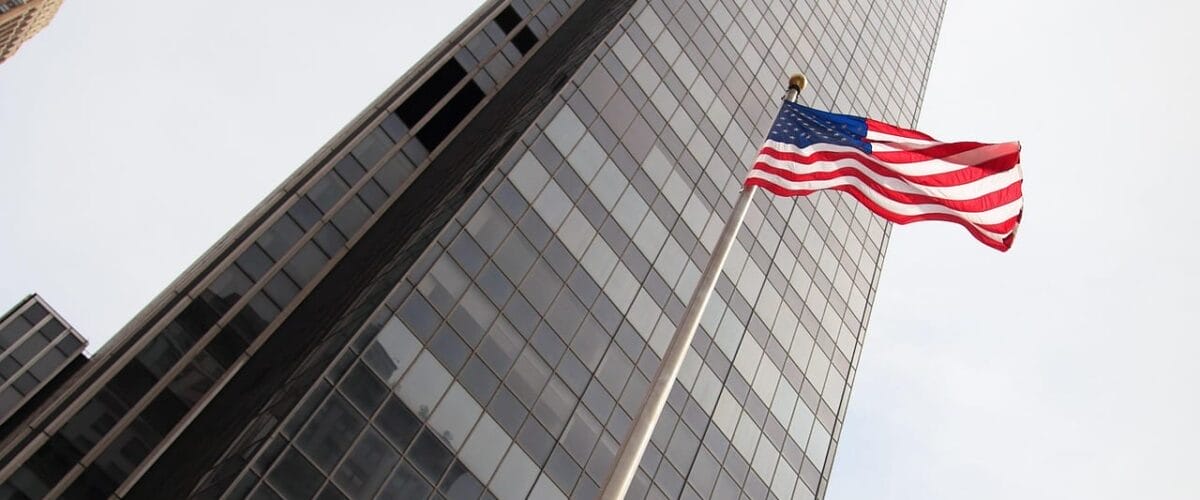What Is It?
In my last post, I talked about the 8 qualities of the creative mind. In this post, I will add the second part and will talk about the creative personality. I am taking these notes from my creativity lectures that I used to teach at my college. What I am trying to do is take the mystery out of the creative process because, once one understands it, we discover that creativity is simply something one does and is not something that only a few gifted people possess. I apologize beforehand if this may seem a little academic, and in reality, this is the Reader’s Digest version of my notes.Before I start, let me define our terms.
Vocabulary:
- Personality—A unique pattern of traits.
- Trait—Any enduring way in which persons differ from one another.
- Creative Personality—Those patterns or traits that are characteristic of creative persons. By developing these characteristics in yourself or others, you can increase your creativity.
There are three basic categories:
- Essential Characteristics—These are the characteristics that are crucial for the genesis of a new idea.
- Enabling Characteristics—These are the characteristics that are necessary to keep creative ideas alive once they have been produced.
- Subsidiary Characteristics—These are characteristics that do not appear to have any place in either the creation or its sustenance but nevertheless often affect the behavior of the creator.
I will begin with the essential characteristics. The first component of this is mental agility and includes both divergent and convergent thinking processes (I covered these in detail in a previous post, so if the reader is not familiar with these terms, refer to that post). In this context, under divergent thinking, I will include the ability to play with ideas, concepts, symbols, and numbers, and especially the ability to see “unusual relationships” between them. Some of the sub-points under this would be to have the ability to make one thing out of another by shifting its function. We see visual artists doing this quite often. I remember once seeing a sculptor take apart an entire piano and create an amazing wall sculpture with the components. Picasso used this shifting of function often also in his early collage work.
Under this same heading is the ability to imagine new possibilities. An example of this would be the assignment I gave to my class as a small group project. I passed out a list of unusually named colors, such as Diarylide Yellow, Naphthol Red, Quinacridone Gold, Dioxanine Purple, and Alizarin Crimson. They then had 40-50 minutes to come up with a children’s story about how the color got its name. It could be a fairy tale, a myth, a morality story, or an allegory. They could simply write it out or they could make it into a play or a song, whatever they chose. Then, they would present the finished product to the class. This was a really fun project which stretched their minds and also taught them cooperative team effort. New possibilities. By the way, this would make for a wonderful children’s book!
Another component under mental agility is the use of serendipity. Serendipity means to make use of accidental events in order to make desirable but unsought discoveries. It is kind of like looking for a needle in the haystack and discovering the farmer’s daughter (or son).
Finally, there is “pure” divergent thinking, fanning out in new directions. As an example, how would the world be different if everyone had an extra thumb directly across from the existing one? How would it change nursery rhymes? Our counting system? Sports? Our clothes? You get the idea.
Included also in mental agility is convergent thinking, which is what you would have to engage in to solve any of the above problems.
The next essential characteristic is conceptual flexibility. This is the ability to switch gears or approaches easily and spontaneously. What can a ping-pong ball company do with an overrun of 5 million ping-pong balls? What are some general ideas? How could they be used in education? How could a farmer use them? Every time you switch a category for use, new ideas will begin to spring forth.
The third essential characteristic is originality or novelty.This is the ability to produce unusual ideas, not necessarily good ideas but rare, even weird ideas.For example, how many different uses can you find for a 12” x 12” square of tin foil?Most people will say wrap food, reflect light, etc.
But an original response would be to use them to measure the number of square feet in an underwater grotto where wooden rulers would float to the surface. What!? Grind it up for eyeshadow. What!? Cut a smiley face in it and put it in the bottom of your briefcase so that, when you take it through the airport security X-ray machine, the guard will get a smile(…and you will get arrested).What!?Cut it into strips and use it for chewing gum for masochists.What!?
Those are original. In my experience, novelty is one of the hardest things to teach, and I even wonder if it can be taught. Most of us know at least one person who is just different in their odd-ball thinking style. They will often say something that is so strange that their friends will just stare at them for a moment…speechless.
The next characteristic is the preference for complexity over simplicity. Minds that walk through complex orchards are more likely to produce creative fruit. It takes an ability for rich associations to produce comments, like “My foot’s asleep. It feels like Ginger Ale” or, like I used to tell my son when he was little when we would walk past small puddles in a parking lot and see the oil stains floating in the water, “Hey Darren, do know what those colors in the puddles are?” “No, dad, what are they?” Me, “That is where rainbows go to die.” My kid still turned out O.K. This preference for complexity allows the greatest possible richness of associations and can also often be reflected in their lives and relationships.
The fifth essential characteristic is stimulating backgrounds. Creative thinkers usually have spent a long time with people who are good models of continual learning, constantly seeking stimulation. They often travel a lot, live in unusual homes or places, and will often move around during their youth. There is usually at least one person in their young life who was an effective adult who demonstrated specific skills and provided a model for achievement. This could be a parent or uncle or grandparent or neighbor, but there is usually someone.
Lastly in this category is multiple skills. Most creative people have more than one arrow in their quiver—they have multiple skills. The benefit of several skills is obvious. They don’t get locked into a single path. A writer who is also a musician hears rhythms in words that are not evident to others. A minister who works with clay may have ideas about the workability of human nature that are different from his colleagues. To have only one skill forces you into a narrow approach to the world. People who are only good with hammers see every problem as a nail.
The second major category in the creative personality would be the enabling characteristics.As a reminder, these are those qualities that are needed to keep ideas alive once they have been produced.The first of these would be the capacity for hard work, also known as passion.This means being willing to lose one’s self to one’s work, to be persistent, working for long periods of time in pursuit of a goal without guaranteed results.
This is not the same as a workaholic, who usually loses themselves to work in order to avoid some conflict at home. Plus, a workaholic wants their pay and they expect it. For the creative, the journey is as important as the end. The composer Tchaikovski said, “Even geniuses worked sometimes without inspiration. But they always work. We must not fold our hands on the pretext that we are not in the mood. If we wait for the mood we easily become indolent and apathetic.” The artist Judy Chicago said, “Amateurs only paint when they want to, professionals paint whether they want to or not.” Creative people describe themselves as simply working harder than anyone else. Work consumes their lives. Blasé people rarely join the ranks of the creative.

The next enabling characteristic is independent judgment, holding on to your own beliefs. They know themselves and have the courage to be oneself in the face of opposition. Creative people maintain a strong sense of individuality. They make their own decisions. They trust their own judgments. Creative achievers do not bow to group pressure. They report their own decisions and stick to them. But they are also open to new ideas!
At their best, creative people provide a strong anchor in the midst of confusion; they are not sidetracked by minor distractions. At their worst, such people are rigid, locked into impossible plans that may destroy them. This driving independence is not an essential ingredient in the creative process; rather, it provides the persistence necessary to turn creative ideas into practical products. Without persistence, ideas go nowhere.
But we have all seen the other extreme to this; firm-minded people who are strong-willed, independent, but not interested in new ideas. Independence without creativity is usually insensitive and thoughtless. They also kill creativity around them. Thus—independence is no guarantee for being innovative—one has to be sensitive to new ideas also.
This is a paradox:
1. Strong, independent people can be creative people.
2. Strong, independent people can resist and kill creativity.
The third enabling characteristic is resilience and flexibility. Partly because they keep their own council and are not overly concerned with the opinions of others, partly because they have a good opinion of themselves, creative people are not easily discouraged by failure. They are resilient, willing and eager to try again. They often don’t see failure as failure but, rather, as a byway to success.
The next category is good communicators. The most brilliant creator in the world without the ability to communicate would be ineffective. It would kind of be like winking at a girl in the dark. You know what you’re doing, but nobody else does. Creativity is synonymous with communication. They often enjoy writing or speaking. Remember, these are “enabling” skills that the creator uses to call attention to their particular act of creativity.
The fifth characteristic is being interested more in concepts than in details. They see the big picture first. Creative people do not get hung up early on the details of a project. They are more interested in a broad conceptual approach. And finally, they don’t police ideas in others or themselves.
The sixth characteristic is one that could be placed in the essential category. It is being playful and spontaneous. “Every child at play behaves like a creative writer. They create a world of their own. They take their play very seriously,” said Sigmund Freud.Kids are highly creative—and they are also very playful.Have we been missing an important correlation?
Being able to play is critical to a child’s development, but it is also critical to adult development, both physically and emotionally. It is literally impossible to create effectively and consistently if we are unable to let ourselves play. A person might be able to play without being creative, but he can’t be creative without playing. “The creation of something new is not accomplished by the intellect but by the play instinct acting from inner necessity. The creative mind plays with what it loves!” said Carl Jung.
The next characteristic is they avoid early self-criticism of their ideas. When truly creative people come up with a new idea, they do not reject it immediately because of its flaws. They play with it, looking for strengths and sliding over weaknesses.
Finally, our last enabling characteristic is a sense of destiny. Creative people are willing to stake their lives on the meaning of their work. This seems very close to conceit—they are the right person with the right idea at the right moment in history. This sense creates a momentum that fuels persistence, overcomes failures, and persuades others. Paradox: In humane and decent people, this mystic motivation can be an enormous force for progress. In talented psychopaths, it can plunge organizations, cultures, and nations into total chaos.
As I conclude this epistle, I would like to finish with the subsidiary characteristics. These are the negative aspects that often can come with the territory. Many extremely creative people have qualities which make them unpredictable, hard to live with, and hard to manage—in other words, unlovely. There are two of these.
The first is unconcern over what people think. Creative people think for themselves. Because they are not concerned with the opinion of others, some may seem insensitive to the feelings of those around them. This can make them appear weird, unsociable, and abrasive.
The second category is psychological turbulence. Because they seek complexity, have strong egos, often don’t curb their appetites, and care little about the opinions of others, creative people are often in the midst of psychological turmoil. Marriages break up; they can be substance abusers and even commit suicide. This doesn’t mean all creative people are disturbed, simply that it can be a common symptom. In fact, tests have shown that highly creative individuals may be responsible for most of their own woes.
There are some who, in trying to become creative, will act this way. I saw plenty of these types in graduate school in the ’60s, shuffling around disengaged, abusing authority, trying to look the part. They were creative wannabes. That type of person has nothing to do with authentic creativity. Being a person who does not get along with others may be because the person is creative or they may simply be difficult to get along with. Psychologists tell us that 36% of creative people suffer from some type of psychological disorder (usually manic-depressive or bipolar disorder), whereas in the normal population, there are only 6% of people who suffer from the same. Hence, creative people are 6 times more likely to struggle in these areas than the rest of the population.
So there you have it. I hope that this in-depth study of the creative personality will shed some light on the often misunderstood workings of creativity and will remove some of its mystery. Thank you for reading.
Featured and In-Text Image painted by Gary Wilson















Comments are closed.